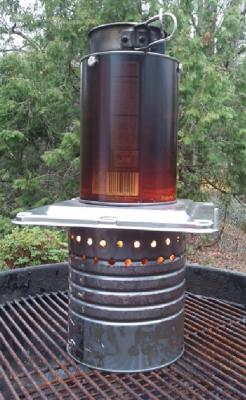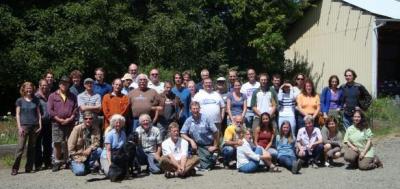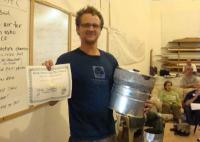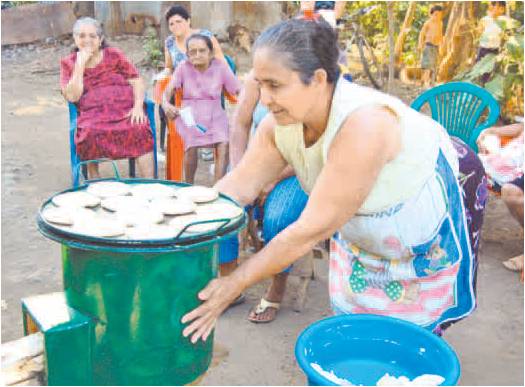Jock Gill, April 2011
Peacham, Vermont, usa

My little iCan made from a 3 lbs Costco coffee can boiled 1.75 liters of water in 42 minutes this afternoon. Ambient temp was 47 [8.33C]. This was done in 5 batches averaging 350 ml each. A very clean burn. Some soot at the start of each batch when the water was cold. Just a soon as the water in the cup warmed up a bit, the soot stopped.
Of course I also made some biochar as well.
Fuel was a good quality wood pellet. Cost of fuel: about 17 cents assuming pellets at $230 per ton. They can be bought for a good deal less, but I am using a higher number to be safe.
Cost per liter boiled: ~ 7.4 cents, allowing 4 cents as the value of the biochar captured at the rate of 17.5% of the dry weight of the fuel.



